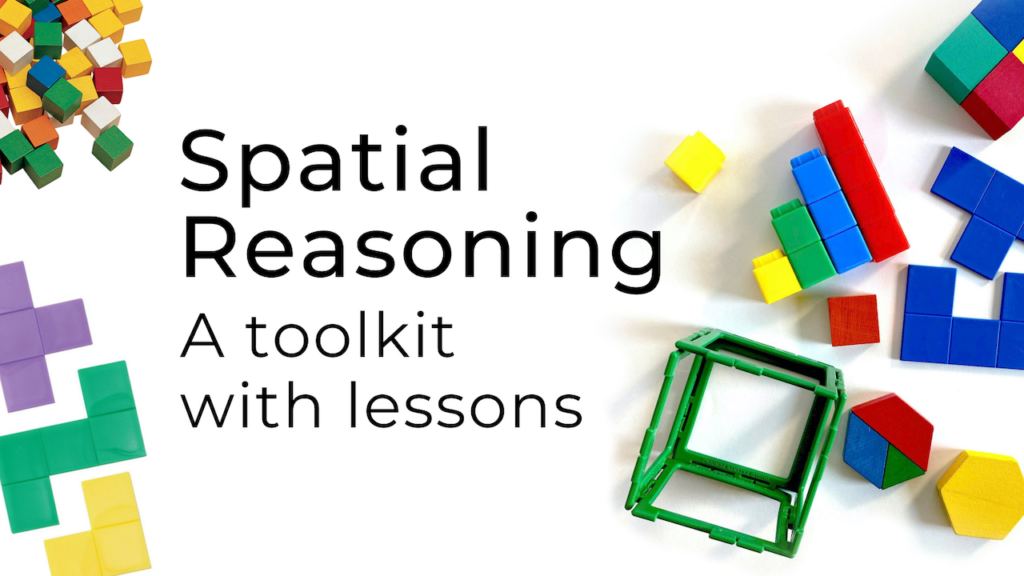Perspective Drawing
Junior (Age 9 – 12)
Curriculum Goal
Junior: Geometry and Spatial Sense
- Draw top, front, and side views of objects, and match drawings with objects
Intermediate: Geometry and Spatial Sense
- Draw top, front, and side views, as well as perspective views, of objects and physical spaces, using appropriate scales
Context
- In groups, students will take turns drawing a Lego figure from a given perspective.
Materials
- Perspective Drawing Slide Deck (Appendix A)
- Lego Figures Jamboard (Appendix B)
- Pencil
- Eraser
- Clock or timer
- GOOS (Good on One Side) or blank paper
Lesson
Group Discussion:
- In groups of four, provide students with a small object found in the classroom (e.g., stapler, mug, pencil sharpener, box of chalk).
- Have students discuss what the object looks like from where they are sitting without touching the figure. Have students ask each other: What do you notice? What do you see?
- Have students switch seats and repeat the exercise. Ask students: How does your perspective change depending on where you are seated? What about if you looked at the figure from below or above?
Perspective Drawing:
- Project the Appendix A and provide each group with a several copies of GOOS paper. If students are learning virtually, have them use Appendix B.
- Students and the teacher can choose to start anywhere from slides 3-6 (they are all the perspective from the back).
- Taking turns, students use the information from the front of the figure to draw the back of the Lego figure.
- Each student has approximately 10 seconds contribute to the drawing. The time can be counted with a clock, a stopwatch, a timer or by counting.
- Students will continue taking turns until they believe that the image is complete.
- Allow students to self-regulate or consider providing a time limit of five minutes per drawing.
- When one of the challenges on slides 3-6 has been completed, continue to slide 7 and proceed until all challenges are complete. Ask students to label the perspective or viewpoint they are drawing on the paper.
- The goal of the activity is for the Lego figure to be drawn with as much detail as possible.
- For instance, teachers should determine that details in the original perspective are mirrored in the perspective being drawn by the student.
- Prompt student thinking with questions such as:
- What features might be blocked or visible from another perspective?
- How might similar features look different in another perspective?
- Keep in mind that there will be variation in artistic representation and abilities. As such, the drawing may not look exactly like the figure. Descriptions of the artistic representation are welcome.
Look Fors
- Are students adding sufficient detail that may exist on the unseen portion of the Lego figure?
- Do students share the roles equally? Are some students taking on more difficult parts of the drawing than others?
- Are students able to imagine what one would see as they looked at a Lego figure from a particular perspective?
Share this lesson
Share on facebook
Share on twitter
Share on email

